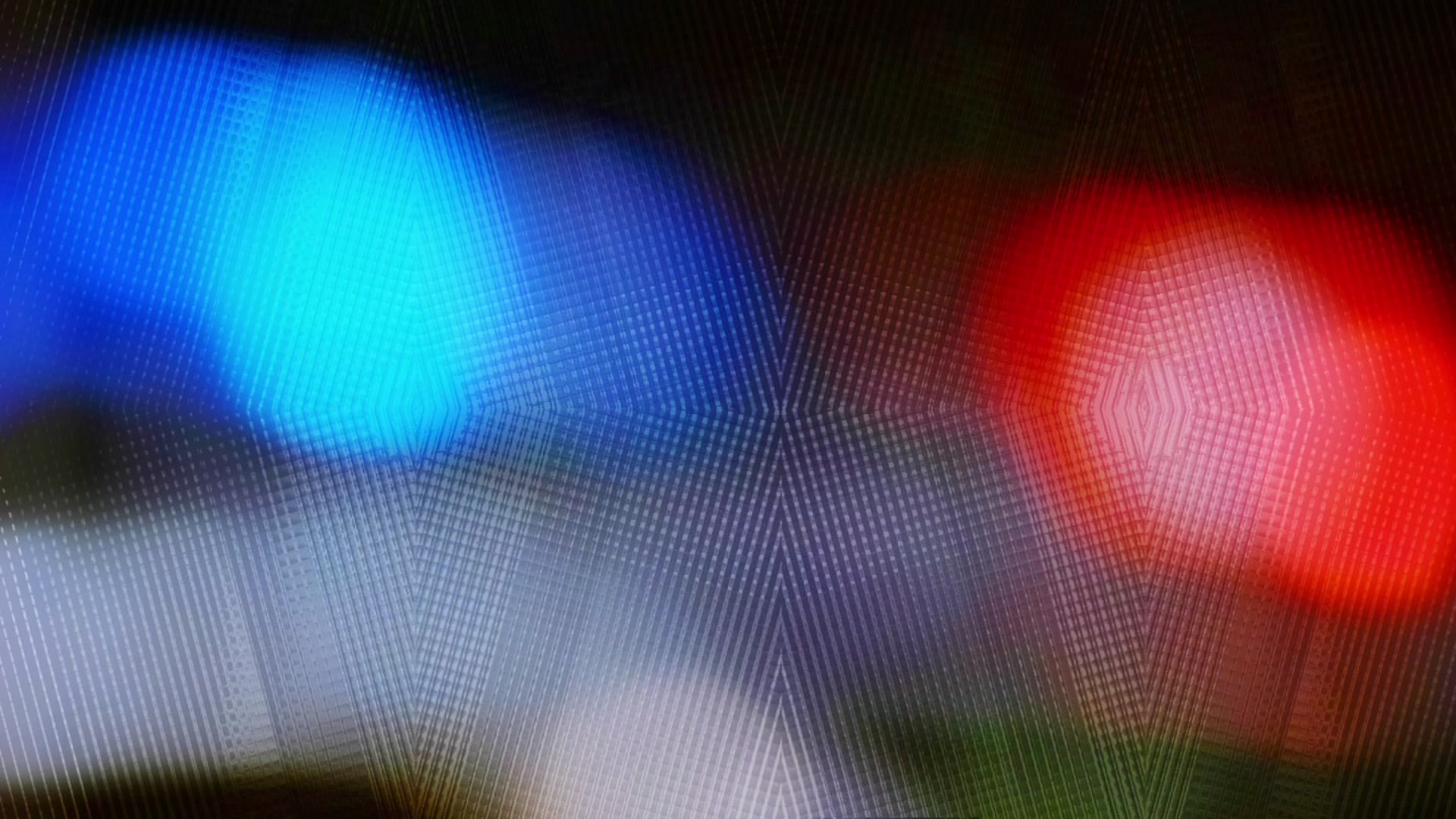A UT-Arlington chemistry professor is celebrating the successful touchdown of the Philae lander, the first man-made object to land on a comet. A special device he invented is on board the lander and will help scientists study the comet.
When it comes to figuring out how things are made, Dr. Daniel Armstrong is a bit of a rock star. He’s a world-renowned chromatography expert and a chemistry research professor at UT-Arlington. So perhaps it’s not surprising that one of his inventions is now part of a historic mission among the stars.
“We’re all excited to see what happens,” said Armstrong. “We hope everything goes successfully and that they’re able to turn out a lot of very interesting and useful information.”
On board the Rosetta spacecraft’s Philae lander, which successfully landed on a comet Wednesday, is a special kind of tubing Armstrong created known as a chromatography column. It’s a very thin tube coated with a substance he synthesized that helps detect certain kinds of molecules.
The column will help scientists determine the molecular makeup of the comet and its gases, which in turn could provide clues about how Earth was formed.
“It will lead to answers and questions,” said Armstrong. “All good science does that.”
His column has been commercially produced since 1990 and has been used by many scientists for many purposes.
Local
The latest news from around North Texas.
He learned the European Space Agency chose to use it on the Rosetta mission just a few years ago after the spacecraft launched. He said it was an unexpected but pleasant surprise. Now, he said he, too, is on pins and needles waiting to see what secrets the lander can uncover.
“That’s the joy and excitement of this kind of thing,” said Armstrong.



